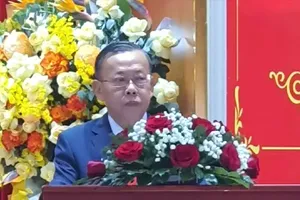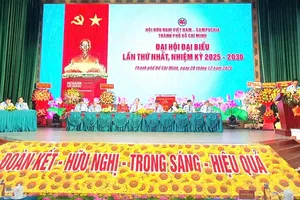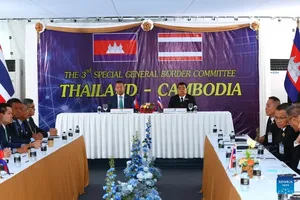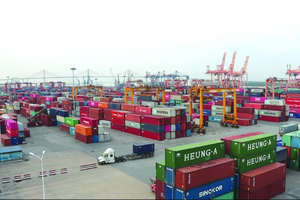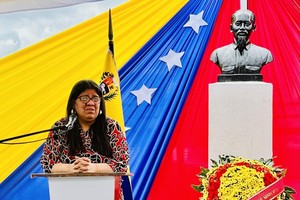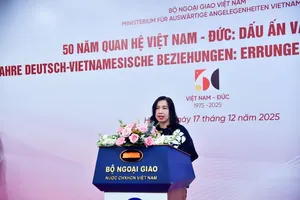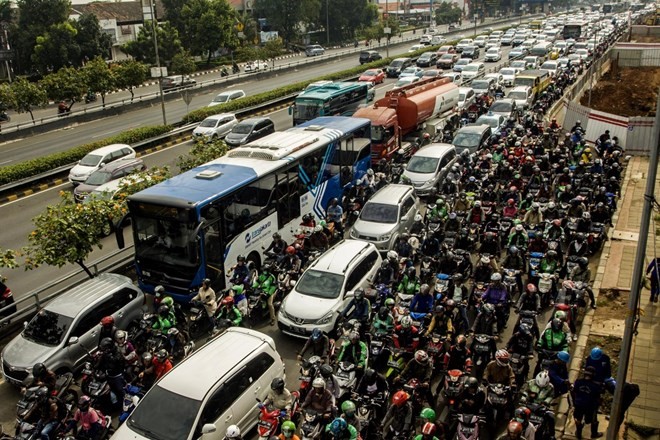
According to the National Development Planning Agency (Bappenas), the figure is calculated based on traffic congestion in Jabodetabek, Jakarta, Bogor, Depok, Tangerang, and Bekasi.
He said the figure is enough to push the development of alternative transport modes both within and outside Jakarta, especially public transport systems. If accumulated over five years, the sum of losses will be enough to fund the construction of a light rail transit and metro line.
As many as 9.9 million automobiles, motorbikes, trucks, and other vehicles travel around Jakarta’s streets every day, including nearly 2 million from nearby cities in West Java and Banten.
Each resident in Jakarta is likely to spend an average of 10 years throughout their life caught in traffic. Up to 70 percent of air pollution comes from vehicles.
Traffic jams have been getting worse in the country as from 2005-2010, the number of motorised vehicles rose by 9.5 percent each year, while the total number of roads only went up 0.01 percent.



